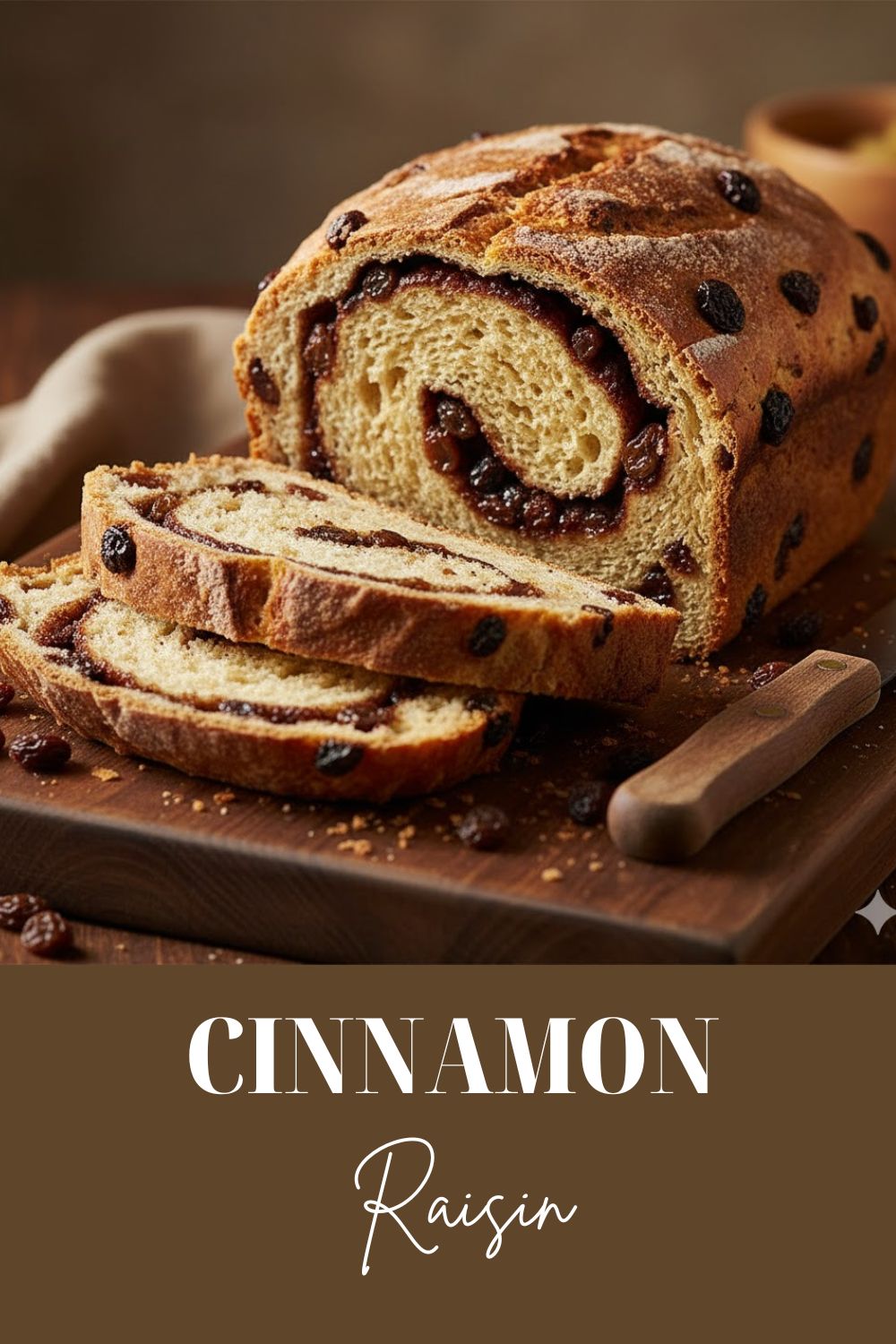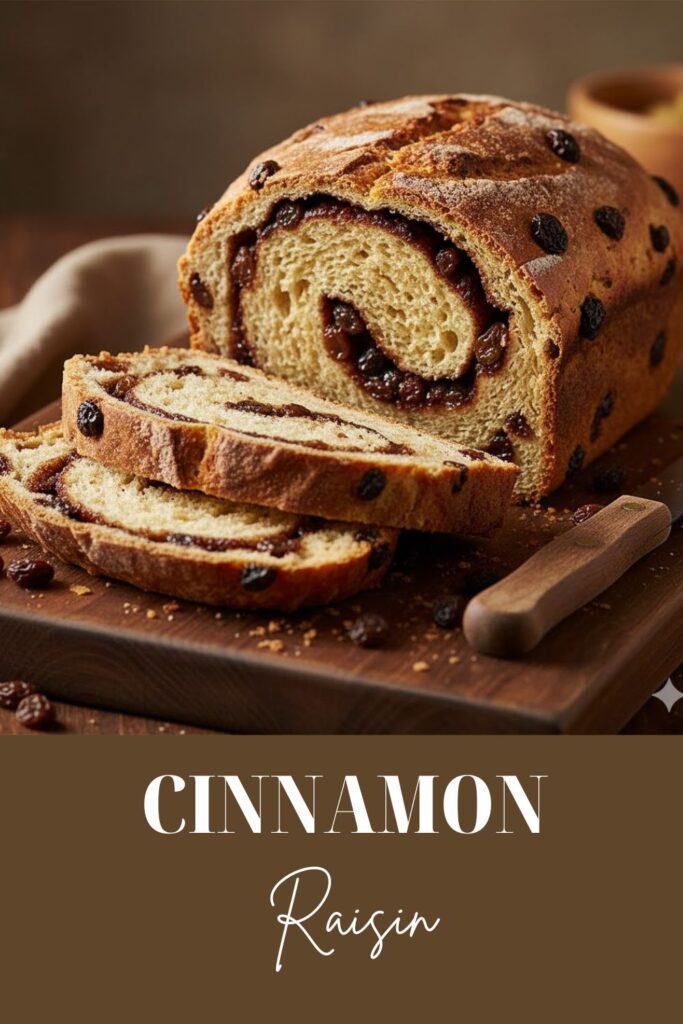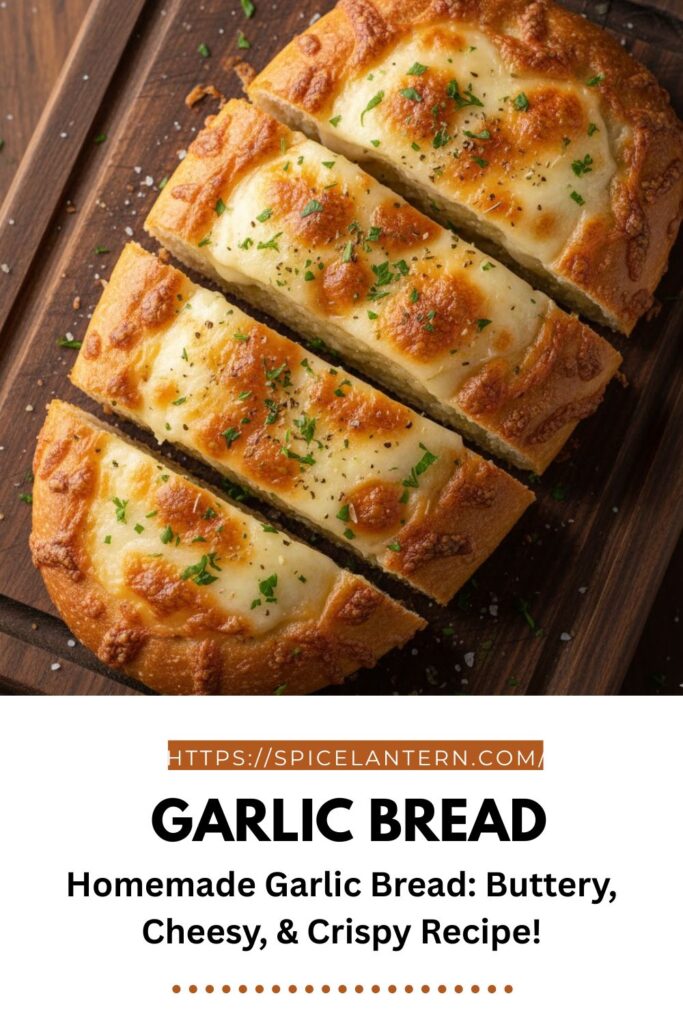Dimples of Delight: Your Guide to Ultimate Herby, Chewy Herb Focaccia
Let’s talk about bread that’s meant to be manhandled. You look at those flat, dimpled slabs of Herb Focaccia in the bakery window, and you think, “That looks too perfect. I could never make that.” Wrong! Focaccia is, bless its heart, the easiest, most forgiving artisan bread out there. It actually wants to be sticky, it needs to be dimpled aggressively, and it demands an obscene amount of olive oil. We are going to ditch the fear and bake a Herb Focaccia that is pillowy soft on the inside, impossibly chewy, and boasts a salty, crispy bottom crust bathed in golden oil. Prepare to become obsessed with making these dimples.
Why This Recipe Is Awesome (It’s Italian Comfort, Zero Stress)
This bread isn’t just a snack; it’s a centerpiece. Why is this recipe essential?
- The Pillow Factor: We use a high-hydration dough (meaning more water) and long, slow rises. This creates large air bubbles and the signature pillowy, airy interior that makes focaccia famous.
- Minimal Effort, Maximum Flavor: You don’t knead this dough. You use the stretch-and-fold technique, which is surprisingly zen and simple. Your oven and the yeast do all the hard work while you binge-watch something.
- The Crispy Bottom: A generous flood of Extra Virgin Olive Oil in the pan is non-negotiable. This oil essentially fries the bottom of the dough as it bakes, resulting in an unforgettable golden, crispy crust.
Ingredients: The Simplicity of the Mediterranean
Quality over quantity. Good olive oil is your best friend here!
- 4 cups (500g) Bread Flour (or All-Purpose): Bread flour gives the best chew, but AP works in a pinch.
- 1 ¾ cups (400g) Warm Water (about 95°F / 35°C): High hydration is key! Use filtered water.
- 2 teaspoons Instant Yeast: Our rapid rising agent.
- 2 teaspoons Fine Sea Salt (for the dough): Structure and flavor.
- ½ cup Extra Virgin Olive Oil (divided):Crucial! We use a lot.
- ¼ cup for the pan.
- ¼ cup for the dimpling.
- For the Topping:
- 1 tablespoon Fresh Rosemary (finely chopped): Classic, fragrant, incredible.
- 1 teaspoon Flaky Sea Salt (like Maldon): For a burst of salinity on the surface.
Key Substitutions:
- Bread Flour: You can substitute up to 1/2 cup of the flour with whole wheat or semolina for a nuttier flavor.
- Rosemary: Substitute with thyme, oregano, or sliced black olives (blot the olives dry first!).
- Instant Yeast: Use 2 ½ teaspoons Active Dry Yeast, proofing it first in a splash of the warm water for 5 minutes.
Tools & Kitchen Gadgets Used: Your Baking Arena
No fancy stand mixers required! This dough prefers a gentle touch.
- Digital Kitchen Scale (MANDATORY): Baking success relies on weight, especially with wet dough.
- Large Mixing Bowl: For combining and the bulk rise.
- 9×13-inch Baking Pan (Metal is best): Metal conducts heat best for that crispy bottom.
- Parchment Paper: Optional, but makes cleanup a breeze (line the pan with it).
- Rubber Spatula: For initial mixing and scraping.
- Plastic Wrap or Shower Cap: For covering the dough.
- Wire Cooling Rack: To prevent the soggy bottom after baking.
Step-by-Step Instructions: The Dimple Dance
Patience is required during the rise, but the mixing is lightning fast.
Step 1: The Shaggy Start (5 Minutes)
- In your large mixing bowl, whisk together the flour, salt, and instant yeast.
- Add the warm water and mix with a rubber spatula until a shaggy, wet, sticky dough forms. Do not worry about texture! It will be a gooey mess.
- Cover the bowl and let the dough rest for 30 minutes. This is the initial hydration phase.
Step 2: The Gentle Folding (90 Minutes)
- Perform 4 sets of stretch and folds over the next 90 minutes (one set every 20-30 minutes). With wet hands, gently lift a side of the dough, stretch it up, and fold it over the center. Rotate the bowl and repeat 3 more times.
- The dough will start out shaggy and slowly become smoother and stronger with each fold. Keep your hands wet to prevent sticking!
- Cover and let the dough rest for another 60 minutes after the final fold (the bulk fermentation). The dough should look visibly puffy and bubbly.
Step 3: The Oily Transfer (5 Minutes)
- Pour ¼ cup of olive oil into the bottom of your 9×13-inch pan (lined with parchment, if using). Tilt the pan to completely coat the bottom and sides. Do not skimp on this oil!
- Gently scrape the dough out of the bowl and plop it into the center of the prepared pan. Turn the dough over once to coat both sides in oil.
- Cover the pan loosely and let the dough rest for 30 minutes.
Step 4: Dimple and Rise (90 Minutes)
- The Dimple Time: Use your fingers to gently stretch the dough toward the edges of the pan. It should spread easily. Cover and let it rest for 10 minutes if it resists stretching.
- Once stretched, pour the remaining ¼ cup of olive oil evenly over the top of the dough. This is the fun part: use your oiled fingertips to aggressively press deep dimples all the way through the dough to the bottom of the pan. You should see little pools of olive oil forming in the dimples.
- Sprinkle the top with fresh rosemary and flaky sea salt.
- Cover the pan and let the dough rise for the final time in a warm spot for 60–90 minutes, or until it looks very puffy and full of air bubbles.
Step 5: Bake and Crisp (25 Minutes)
- Preheat your oven to 425°F (220°C) during the final rise.
- Bake the focaccia for 20-25 minutes, or until the top is a deep, rich golden brown. Tap the bottom—it should sound hollow.
- Pro Tip: If the focaccia looks pale, finish it under the broiler (grill) for 60 seconds (WATCH IT CLOSELY!) to get those dark, beautiful crispy edges.
Step 6: The Golden Bottom Reveal (10 Minutes)
- Immediately remove the focaccia from the pan and place it on a wire cooling rack. Look at that crispy, golden, oil-fried bottom!
- Let it cool for 10 minutes before slicing. You don’t need a long cool-down, but the initial heat needs to dissipate to preserve the chewy texture.
Calories & Nutritional Info: The Delicious Truth (Estimated)
These are estimates for one generous slice (1/8th of the 9×13 pan).
- Calories per serving (1/8th slice): ~280-350 calories
- Carbohydrates: ~40-50g
- Protein: ~7-9g
- Fat: ~10-18g (Mostly healthy monounsaturated fats from the olive oil.)
- Notes: Focaccia is a high-fat bread due to the generous use of olive oil, but it’s a wonderful source of quick energy.
Common Mistakes to Avoid: Stop the Flatness!
Avoid these errors that lead to sad, dense focaccia.
- Not Enough Olive Oil: Focaccia demands oil! Skimping on the oil in the pan results in a pale, sticking bottom crust instead of a golden, crispy one. Be generous!
- Under-Proofing the Bulk: Focaccia relies on big air bubbles for that pillow texture. Don’t rush the bulk rise (Step 2). Wait for that puffy, jiggly, doubled texture.
- Skipping the Dimples: The dimples are essential for two reasons: trapping the flavorful oil/salt and preventing the dough from rising too much in the oven, keeping it flat and chewy. Press deep!
- Over-Kneading: Treating this wet dough like sandwich bread develops too much strong gluten. Use gentle stretch-and-folds—no aggressive kneading needed.
- Slicing Too Soon: Cutting hot bread releases steam, which leads to a gummy interior. Wait the 10 minutes, you can do it!
Variations & Customizations: Your Focaccia Fusion
The simple dough is the perfect base for your wildest culinary ideas.
- Caramelized Onion & Parmesan: Sauté thinly sliced yellow onions slowly in olive oil until dark and jammy. Spread the caramelized onions over the dough before the final dimpling, and top with freshly grated Parmesan.
- Cherry Tomato & Garlic Confit: Press halved cherry tomatoes into the dimples. Mix your dimpling oil with minced garlic (or use leftover garlic confit) for a rich, sweet, and garlicky loaf.
- Sweet Cinnamon Sugar (Dessert Hack): Skip the salt/rosemary. Use a sugar and cinnamon mixture for the dimpling oil. Top with cinnamon sugar and bake. Serve with a drizzle of cream cheese icing after cooling.
FAQ Section: The Focaccia Fundamentals
You’ve got questions about oil and dimples. We’ve got the answers.
Q1: What is the ideal texture of focaccia dough?
A: Focaccia dough should be very sticky, wet, and slack (high hydration), making it difficult to handle. It’s more of a batter than a dough ball.
Q2: What is the purpose of the dimples?
A: The dimples serve two purposes: they prevent the focaccia from puffing up into a regular loaf shape, keeping it flat, and they create pockets to hold the oil, salt, and herbs, ensuring a burst of flavor in every bite.
Q3: How do I get a super crispy bottom crust?
A: Generous amounts of olive oil in the pan (it should look like a small pool!) and a hot oven are the keys. The oil essentially fries the dough.
Q4: Is focaccia better with bread flour or all-purpose flour?
A: Bread flour is slightly better because its higher protein content handles the high hydration without tearing, resulting in a chewier texture. However, all-purpose flour works fine for a slightly softer loaf.
Q5: Can I make the focaccia dough overnight?
A: Yes! After the stretch-and-folds (Step 2), place the oiled dough in the pan, cover it tightly, and refrigerate it for 12-24 hours. Let it come to room temperature for 1 hour before stretching and dimpling (Step 4).
Q6: Why is my focaccia dense and not airy?
A: Likely causes: under-proofed dough (didn’t rise long enough in the bulk stage), or you over-handled/over-mixed the dough, tearing the delicate air pockets (gluten network).
Q7: Should I use flaky sea salt or regular table salt on top?
A: Flaky sea salt (like Maldon) is superior for the topping. Its large, flat crystals give a much better crunch and burst of salty flavor than fine table salt.
Final Thoughts: The New Baker on the Block
You did it. You faced the sticky mess, mastered the dimple, and produced a golden, fragrant loaf of Herb Focaccia. Go ahead, rip off a piece and dip it in that glorious olive oil pooling in the dimples. You are now the master of the world’s least intimidating artisan bread.







